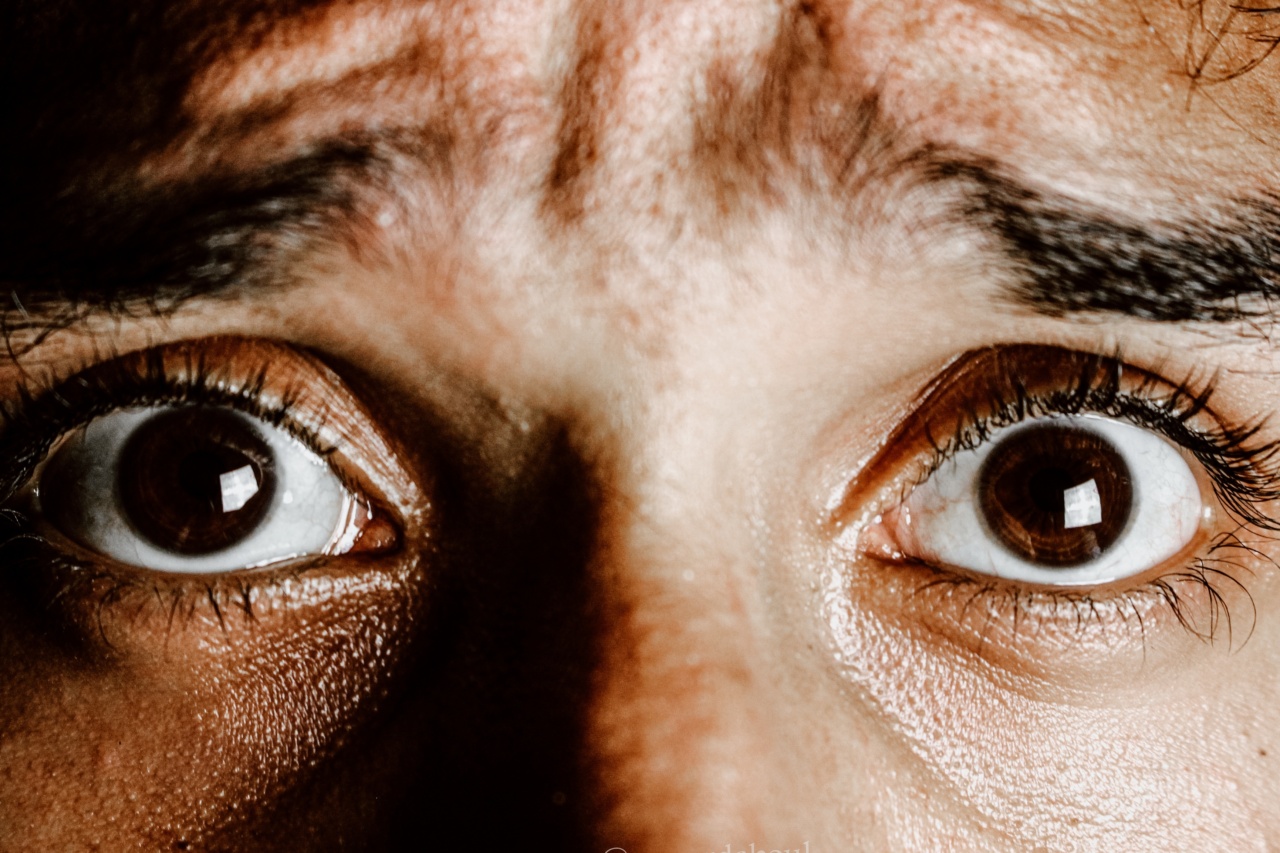Panic attacks can be incredibly overwhelming and debilitating, causing intense feelings of fear and anxiety. It is essential to recognize that panic attacks are not uncommon and can affect anyone, regardless of age or gender.
Understanding the nature of panic attacks and anxiety is the first step towards effectively managing and overcoming them.
The Symptoms of Panic Attacks
Panic attacks are characterized by a sudden onset of intense fear or discomfort, typically peaking within minutes and lasting for around 10 to 30 minutes. While the symptoms may vary from person to person, some common signs of panic attacks include:.
- Rapid heartbeat or palpitations
- Shortness of breath or smothering sensation
- Chest discomfort or pain
- Nausea or gastrointestinal distress
- Trembling or shaking
- Feeling of choking
- Sweating
- Dizziness or lightheadedness
- Numbness or tingling sensations
- Chills or hot flashes
- Fear of losing control or going crazy
- Fear of dying
Identifying Triggers and Causes
While panic attacks can seemingly occur out of the blue, they are often triggered by certain situations, thoughts, or physical sensations. Identifying these triggers can help individuals better manage their anxiety and prevent future panic attacks.
Some common triggers include:.
- Stressful life events or major life changes
- Phobias or specific fears
- Conflict or relationship issues
- Mental health conditions, such as depression or generalized anxiety disorder
- Traumatic experiences
- Substance abuse or withdrawal
- Major physical illnesses
Healthy Lifestyle Changes
Implementing certain lifestyle changes can significantly reduce the frequency and severity of panic attacks. Here are some tips to improve overall well-being:.
1. Regular Exercise
Engaging in physical activities like walking, jogging, or yoga can help reduce anxiety levels and promote relaxation. Regular exercise also releases endorphins, which are natural mood enhancers.
2. Balanced Diet
Eating a nutritious, well-balanced diet can play a crucial role in managing panic attacks. Avoiding excessive caffeine, alcohol, and processed foods is recommended as they can exacerbate anxiety symptoms.
3. Sufficient Sleep
Getting enough sleep is vital for mental and emotional well-being. Establishing a regular sleep routine and creating a relaxing environment can improve the quality of sleep and reduce anxiety levels.
4. Stress Management Techniques
Learning and practicing stress management techniques such as deep breathing exercises, mindfulness meditation, or engaging in hobbies can help manage anxiety and prevent panic attacks.
5. Avoiding Substance Abuse
Substance abuse, including alcohol and drug use, can worsen anxiety symptoms and increase the likelihood of panic attacks. It is crucial to seek support and treatment if struggling with substance abuse.
Cognitive-Behavioral Techniques
Cognitive-behavioral techniques are widely recognized and proven to be effective in managing panic attacks and anxiety. These techniques involve identifying and changing negative thought patterns and behaviors that contribute to anxiety.
Here are some strategies:.
1. Recognize and Challenge Negative Thoughts
Identify the negative thoughts and beliefs that contribute to panic attacks. Challenge them by asking yourself if they are logical or based on evidence. Replace them with positive and rational thoughts.
2. Gradual Exposure
Gradually exposing yourself to situations or triggers that cause anxiety can help desensitize your fear response. Start with less challenging situations and gradually work your way up to more anxiety-provoking scenarios.
3. Relaxation Techniques
Utilize relaxation techniques like deep breathing exercises, progressive muscle relaxation, or guided imagery to manage anxiety symptoms during a panic attack. Practicing these techniques regularly can also reduce overall anxiety levels.
4. Self-Care and Self-Compassion
Take care of yourself by incorporating activities you enjoy into your routine, such as taking baths, reading books, or spending time with loved ones. Practice self-compassion and be patient with yourself throughout the recovery process.
Seeking Professional Help
While self-help strategies can be effective, it is important to reach out to a mental health professional if panic attacks persist or significantly impact your quality of life.
A therapist or counselor experienced in anxiety disorders can provide personalized strategies and support. Treatment options may include:.
1. Psychotherapy
Cognitive-behavioral therapy (CBT) is a common form of therapy used to treat panic attacks and anxiety. It helps individuals identify and change negative thought patterns and behaviors associated with panic attacks.
2. Medication
In some cases, medication may be prescribed to manage panic attacks and anxiety. Antidepressant medications and anti-anxiety medications can be beneficial, especially when combined with therapy.
3. Support Groups
Joining a support group or seeking group therapy can provide a sense of community and understanding. Interacting with others who have similar experiences can be comforting and provide valuable coping strategies.
Conclusion
Panic attacks and anxiety can feel overwhelming, but it is important to remember that there is help and hope available.
By understanding the root causes, making healthy lifestyle changes, practicing cognitive-behavioral techniques, and seeking professional help when needed, individuals can successfully manage and overcome panic attacks. With time and perseverance, it is possible to regain control and live a fulfilling life, free from the grip of anxiety.




























